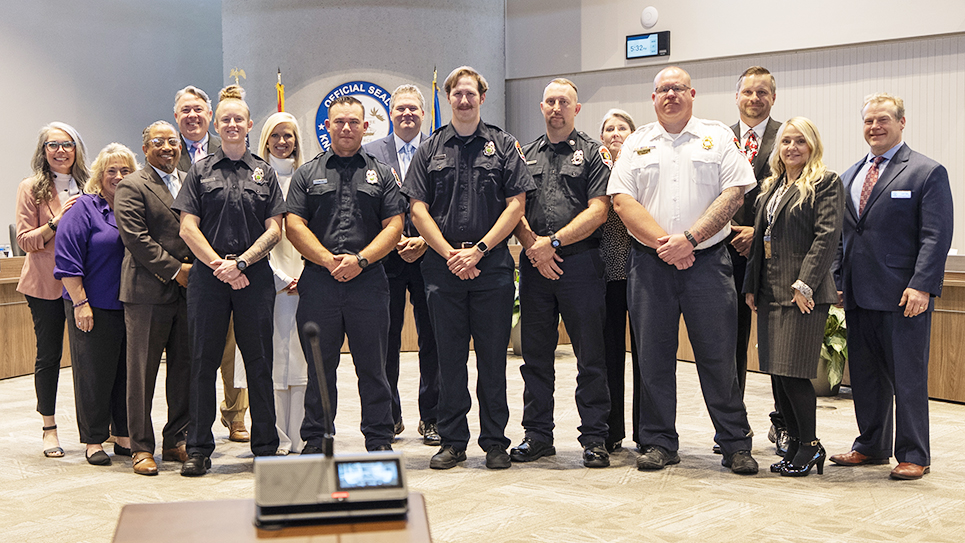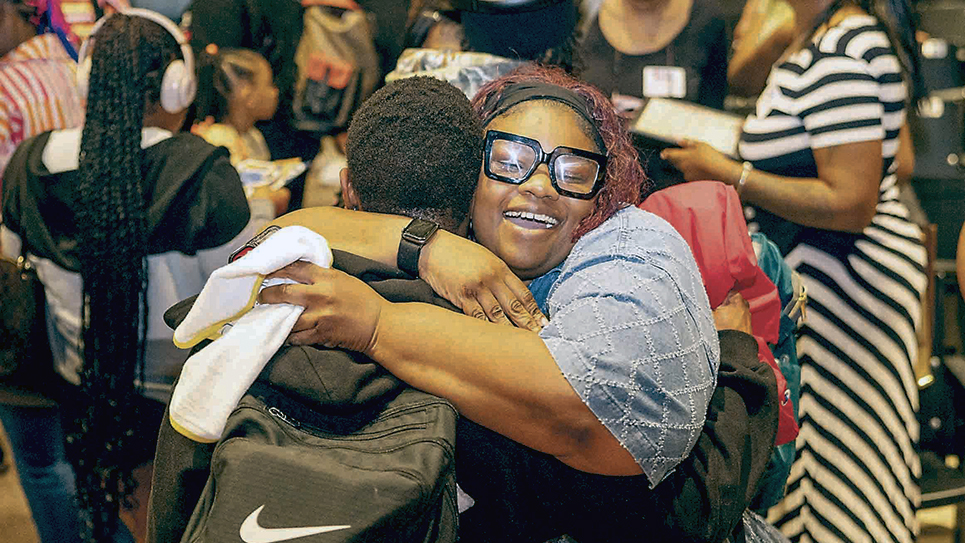Knox County experienced unusually warm weather during the first two weeks of school this year (or maybe KCS is just starting school in the middle of the summer now). Either way, a number of area students and parents are hot under the collar about Board of Education Policy J-260, Dress Code.
What began quietly over the August 13 weekend quickly blew up last week into a full social media campaign. Farragut sophomore Hollie Sikes started a Change.org petition asking Interim Superintendent Buzz Thomas to “Improve Dress Code Restrictions for Female Students in the Knox County School District.
It started as a legitimate complaint about the silliness of the “fingertip rule” (which states that skirts, dresses, and shorts must be beyond fingertip length, completely ignoring the vast range of normal teenage builds and body types) and the requirement that shirts must have sleeves.
Sikes’ petition, which has over 3,000 signatures, reads, “I have decided to start a petition in protest to the irrationally strict dress code rules in the Knox county school system. The general guidelines for students, majorly females, and the clothes they can wear in this school system is shocking and, frankly, quite disappointing. We cannot ignore the simple truth that clothing stores do not sell a wide variety of shorts for girls that are below fingertip length, if any, so young women are forced to wear long pants and jeans in 90-100 degree weather simply to avoid suspension.”
It then continues, “Not only does this present health risks, such as nausea, overheating and even fainting, but it promotes victim blaming in the (unfortunately, extremely prevalent) case of sexual harassment among students. In conversations with many teachers and male students I have been told time and time again that shorts above fingertip length do not present a distraction in class, disproving the major theoretical excuse for why the fingertip rule is in use. Going off of this, are we as a county seriously willing to send a girl home and deprive her of her education simply because her shorts are ‘too short’? Due to the aforementioned reasoning, you are prioritizing the sexualization of a woman’s body over her right to learn and grow as a human being.”
And concludes, “Therefore, I am approaching the county board of education peacefully and asking, on the behalf of all students, to please reform your thinking on what kind of clothing is appropriate. Be the change. Thank you for your time.”
Whether or not one believes the dress code promotes victim blaming and prioritizing the sexualization of a woman’s body over her right to learn and grow as a human being – perhaps the fashion industry deserves at least equal blame – there is clearly a stubborn lack of common sense regarding what is appropriate attire for school. In August. In the south.
While it is true that all KCS schools buildings are air conditioned (something many of us did not enjoy when we were in school), some buildings, and parts of some buildings, are simply better climate-controlled than others. And, students do not spend all day in an air-conditioned bubble. They wait for the bus, ride the bus (most are air conditioned, but not all) or walk between classes, outside.
And with the new state mandates for physical activity, students will be spending even more time outside – and that is a good thing. But what is not good is that some administrators are enforcing the dress code policy on clothing worn for PE. Who wants to sit next to the kid – male or female – who has just come in from running a mile while wearing jeans in 95 degree heat?
The dress code policy was reviewed by the Board of Education in two separate readings this summer (July and August). Although the agendas are posted in advance on the KCS website, along with the recommended policy changes, not a single student, parent, or teacher spoke during either meeting. Admittedly, it was the dead of the summer. And the most contentious portions of the policy have remained unchanged since at least 2010.
Yet, for all the specifics enumerated in the policy, “The school administration reserves the right to determine whether the student’s attire is within the limits of decency and modesty.”
In the very next paragraph, the policy also states, for middle and high school, “The principal may allow exceptions in special circumstances or occasions… and may further prescribe dress in certain classes such as physical education…” Is it really asking too much to allow students to wear Nike shorts and a tank top for PE?
One of the biggest complaints is that the policy in not enforced equally at different schools. Some students returned to a new principal and found that the leniency the previous administrator gave them is gone. There are numerous reports of students being stopped in the halls, or forced to stand up in class, to determine if their shorts or skirts are “below fingertip length”. Unfortunately, the students in the vast majority of these instances are female.
There are also reports that the high school dress code is being applied across all grades, which is clearly not the intent as written. The most stringent requirements (dresses, skirts, and shorts below fingertips) apply only to middle and high school. For students in grades 3-5, the policy says only “short shorts,” mini-skirts…are inappropriate attire.” The requirements that shirts, blouses, and dresses must completely cover the abdomen, back, and shoulders…with no midriff visible applies to students in grades 3-12. There are no requirements specific to students in grades K-2.
This may not be the first challenge that the new Board of Education members expected when they were elected last month, but it promises to be an interesting meeting on September 7, as students and parents are already preparing their 5 minute speeches.






